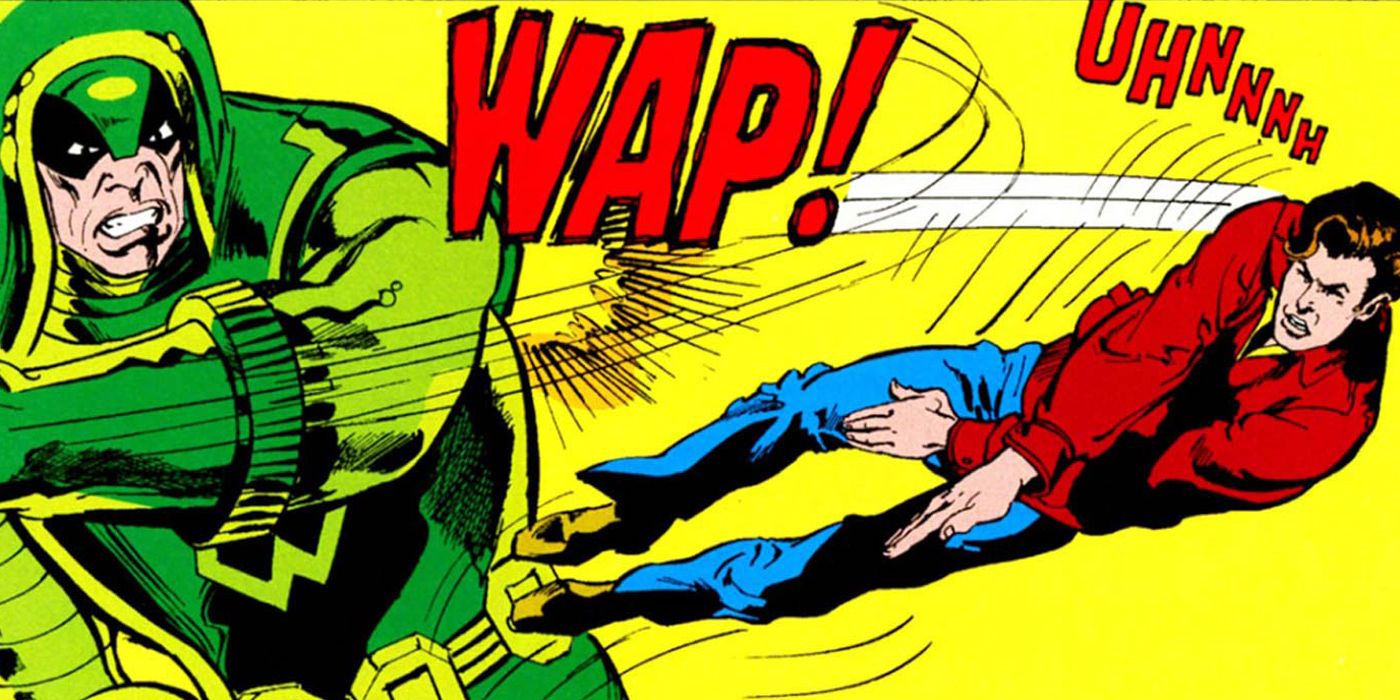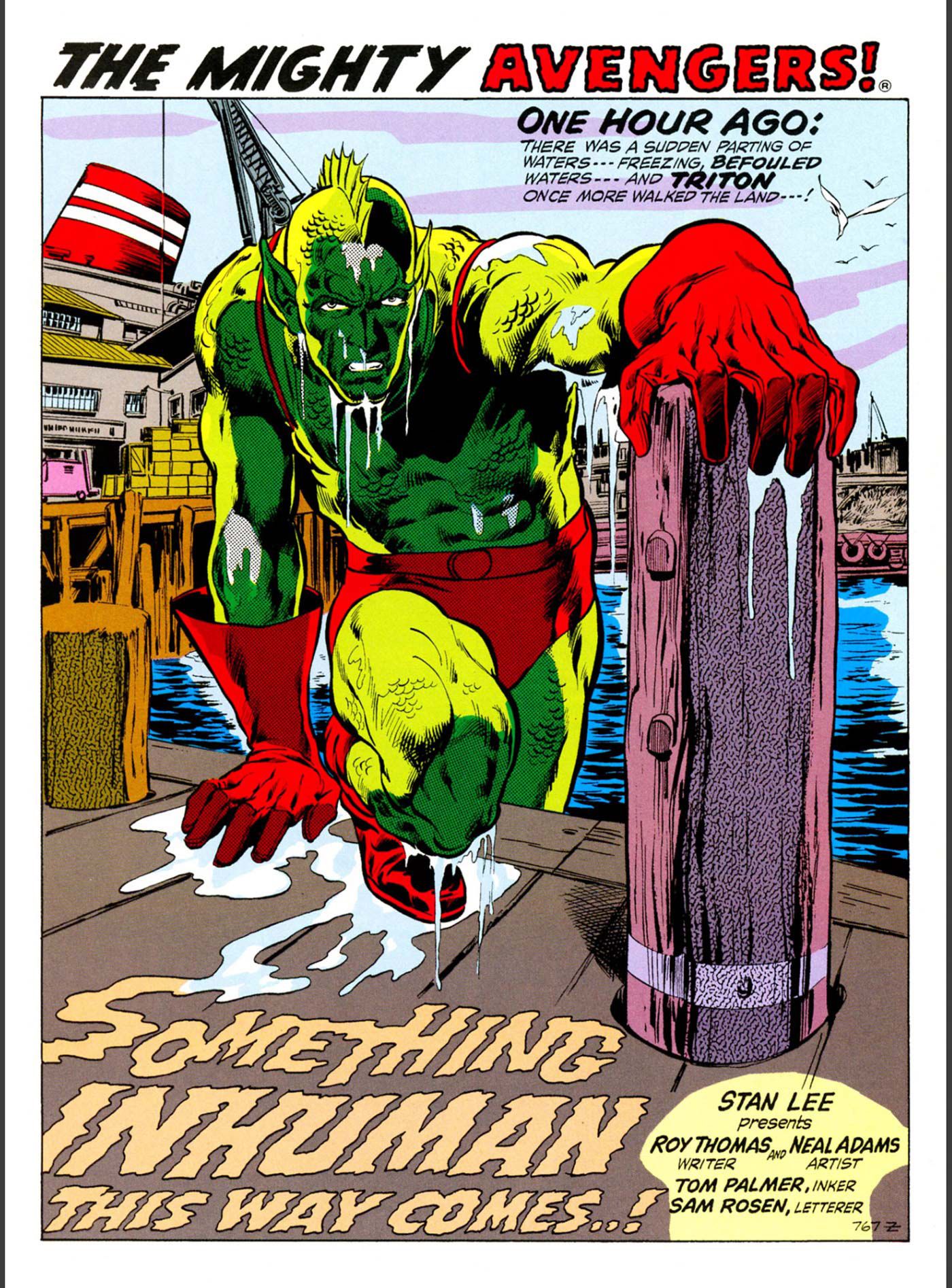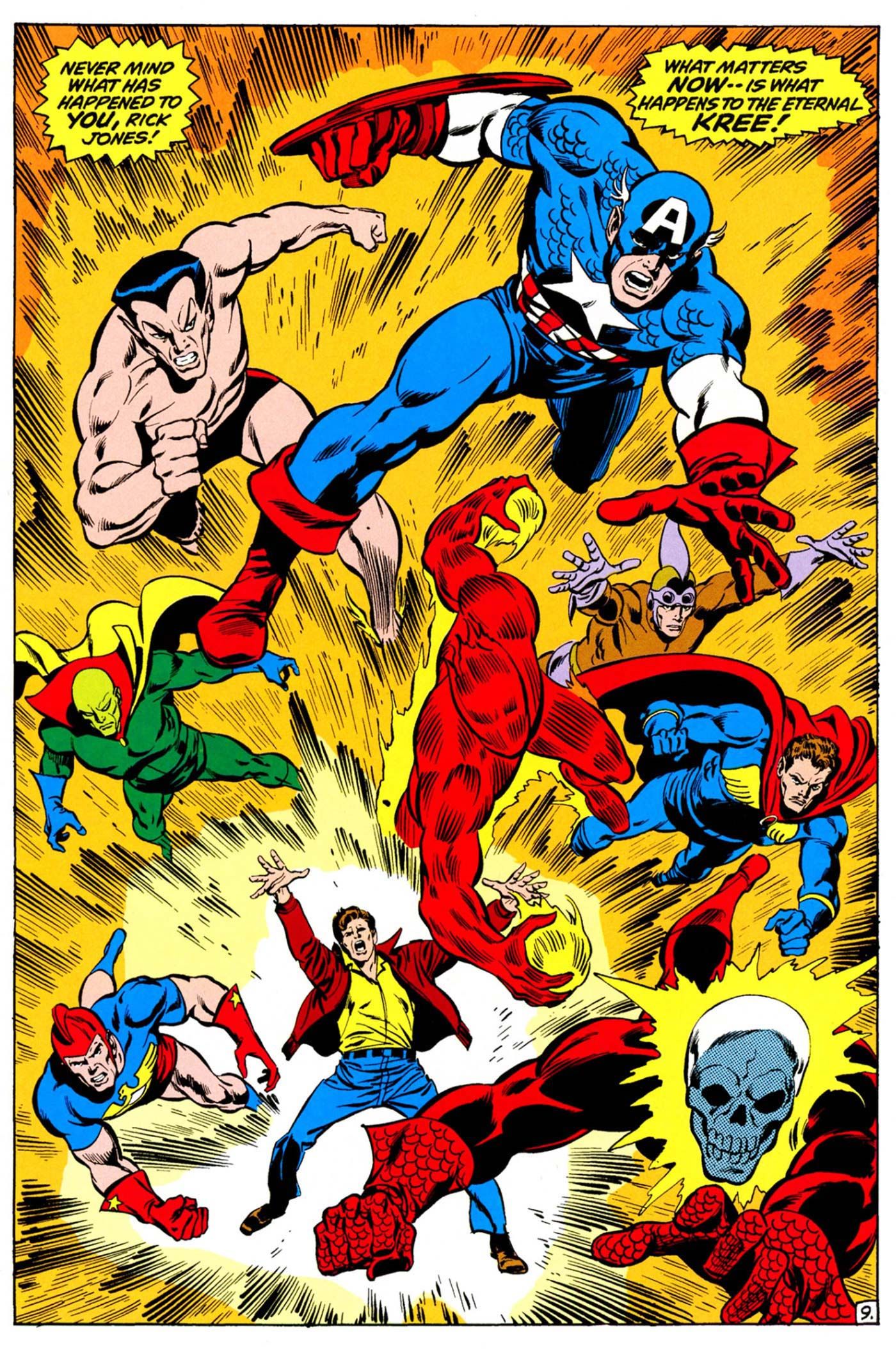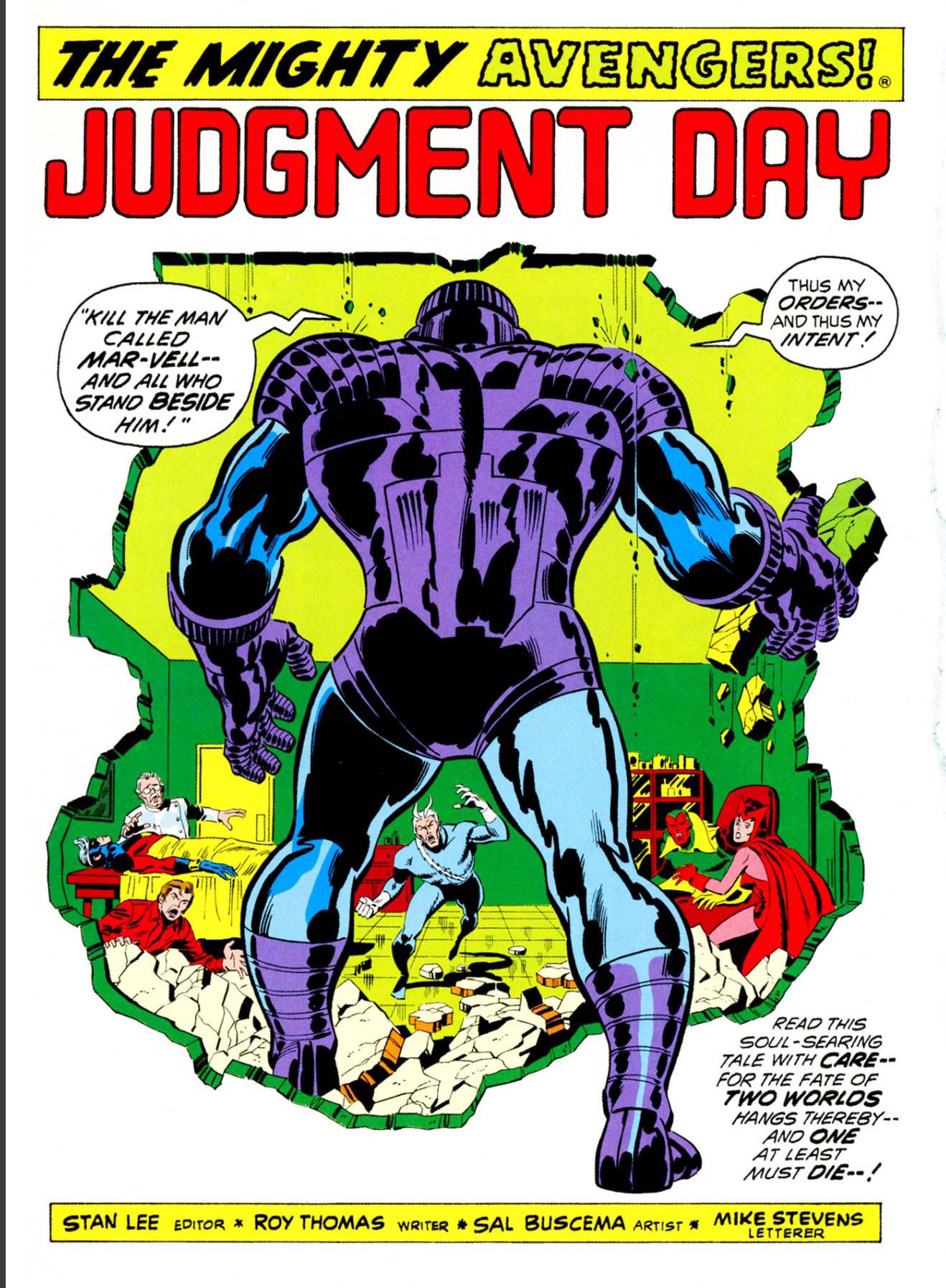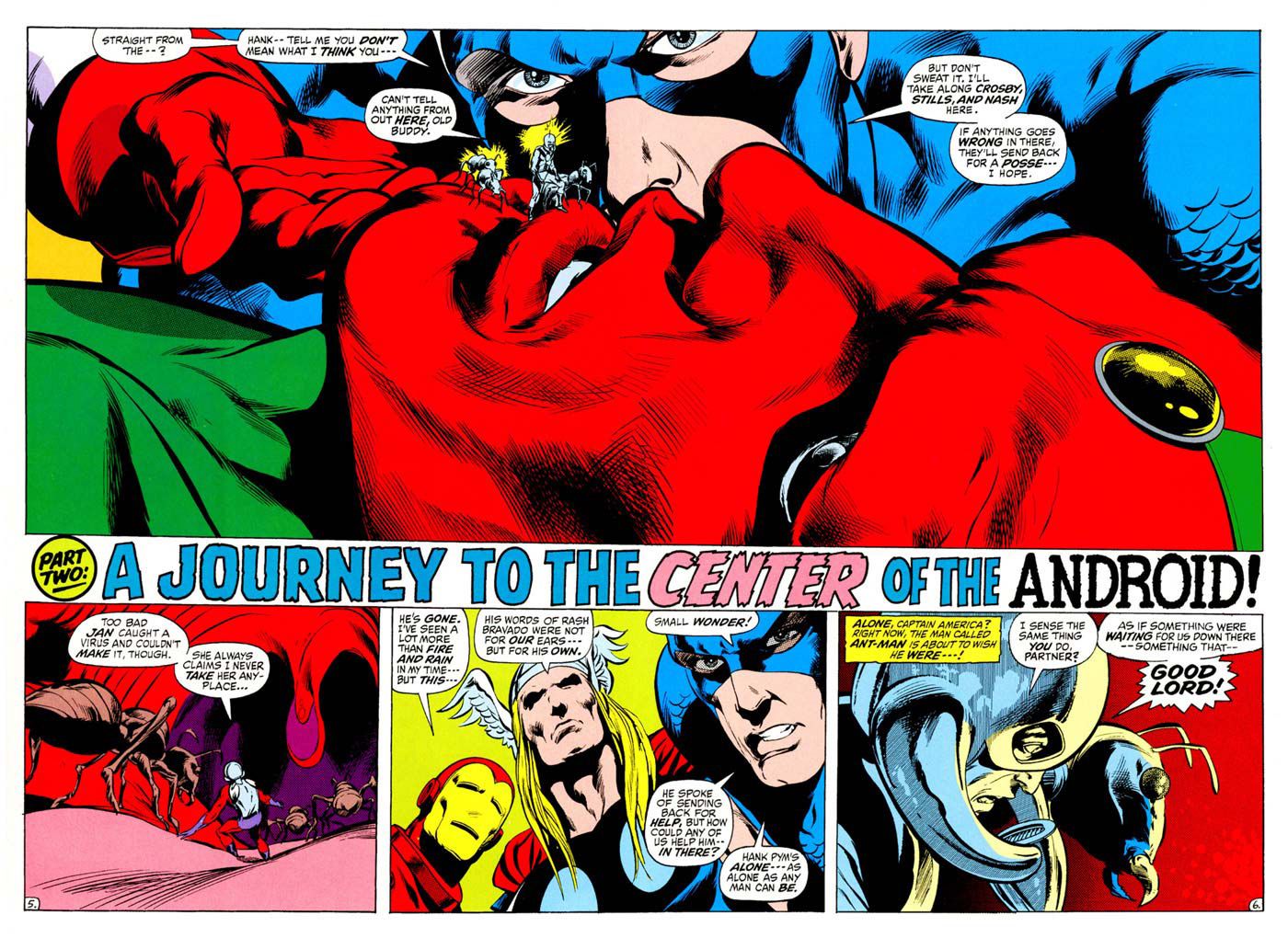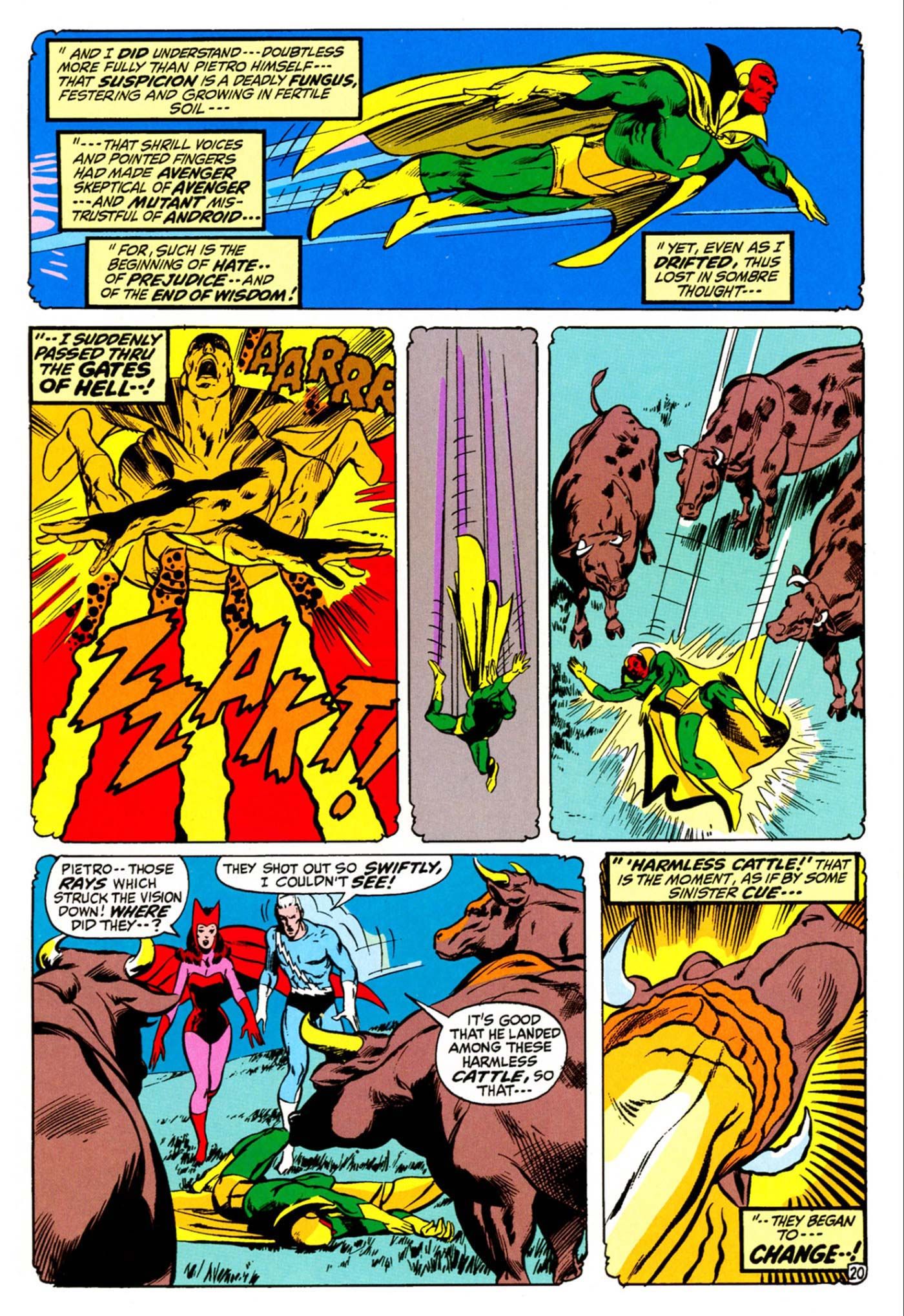On May 4, 2018, 10 years to the weekend after the release of Jon Favreau’s ”Iron Man,” Marvel Studios will unleash “Avengers: Infinity War” on the movie-going public. The 20th film in the Marvel Cinematic Universe, the third Avengers movie is the first of two installments that will lead into Phase Four of the studio’s theatrical releases.
Marvel has been building to “Infinity War” for a decade. A mid-credits scene during “Iron Man” introduced Nick Fury and teased the Avenger Initiative, and a similar scene at the end of “The Avengers” established Thanos as the true architect of the Chitauri invasion of Manhattan. The Infinity Stones has been popping up since 2011’s “Captain America: The First Avenger,” and Marvel's heroes have been crossing over into each other's films; “Captain America: Civil War” was an Avengers movie in everything but name.
RELATED: Guardians Play an 'Integral' Role in Avengers: Infinity War
Part of the success of the Marvel Cinematic Universe lies in the way it echoes the approach of the company’s comic books. Marvel Studios has adopted a single continuity that spans all of its film and television properties, a shared universe featuring common characters and locations, as well intertwining plot elements that combine to create an ongoing serial across multiple properties. Like the comics, the stories not only build upon each other, as we are seeing with “Infinity War” and its untitled sequel, they are leading to the big-screen equivalent of what we now call a comic book event.
Simply put, an event is a massive crossover that brings together multiple heroes in an epic story that spins out of previous issues. It often concludes with a massive shift in the status quo of one or more of the characters, if not of an entire continuity. Unlike regular crossovers— which run in existing titles — events usually feature a core limited series, as well as one-offs, smaller limited miniseries, and tie-ins to regular titles.
Modern events originated in the 1980s with Marvel’s “Secret Wars” and DC’s “Crisis on Infinite Earths,” but they can trace their origin back to Marvel’s Kree-Skrull War storyline, which ran through nine issues of “The Avengers” from June 1971 to March 1972.
Other than running in an existing title rather than in a separate limited series, the Kree-Skrull War had all the hallmarks of a modern event. It brought together a cavalcade of heroes to fight not one but two alien races. The story featured multiple teams (the Avengers, the Inhumans, and to a minor extent, the Fantastic Four), Mar-Vell (the "original" Captain Marvel) and perennial sidekick Rick Jones, who’d previously fought alongside Captain America and the Hulk before becoming Mar-Vell’s number two.
RELATED: Generations: Catching up with the Iconic Heroes of Marvel's New Event
The star-spanning saga was scripted by Roy Thomas and penciled by Sal Buscema (issues #89-92), Neal Adams (#93-96) and John Buscema (part of #94 and all of #96). It weaves multiple storylines into its nine issues, taking place on numerous fronts including Manhattan, a tropical oasis in the Arctic, the Inhuman city of Attilan (then located in the Himalayas), the Kree homeworld on Hala, and the center of the Skull Empire on Tarnax IV.
The storyline is somewhat convoluted. In his introduction to the collected version released in 2000, Thomas admits he had no master plan. “I simply knew that the Kree and the Skulls would be at war in the far reaches of space," he wrote, "and that their conflict would be threatening to spill over onto the Earth.”
He does, however, cop to having conceived its conclusion from the very start: “[A]s I’d planned ever since #89, Rick Jones became the true hero the piece, with images of Golden Age comic-book heroes emerging from his mind (like Athena from the brain of Zeus) …”
The emotional core of Thomas’ saga is the relationship between Jones and the Kree warrior Mar-Vell (Captain Marvel). The events in the story are triggered when Mar-Vell breaks into Reed Richards’ portal in the Baxter Building to free Rick from the Negative Zone, a parallel anti-matter universe that is the domain of the villain Annihilus. Mar-Vell, who was pulled into this alternate reality while returning to Earth from the Kree homeworld of Hala, is able to temporarily escape from his imprisonment by forging a telepathic link with Jones and swapping atoms with the youth, three hours at a time. This enables him to perform superheroic deeds as needed but is far from ideal for either man.
RELATED: Who is the Most Fascinating Man in the Marvel Universe?
In freeing Jones from the Negative Zone, Mar-Vell also frees himself, but his prolonged stay in the alternate dimension has exposed him to a lethal dose of nega-radiation. That is not only enough to kill him, but it may also set off a chain reaction that could destroy the Earth. This latter threat puts the Avengers on his tail, who stop the alien warrior from stealing a rocket that would take him back to his homeworld.
The Avengers and Mar-Vell are then ambushed by a Kree sentry, sent by Ronan the Accuser, who has usurped power from the Kree Supreme Intelligence, and who is hell-bent on neutralizing the threat represented by humanity. It turns out that Earth is located exactly halfway between Marvel’s homeworld of Hala in the Kree galaxy (the Large Magellanic Cloud), and Tarnax IV, the shape-shifting Skrull's Throneworld in Andromeda. Both races want to conquer or destroy our planet for strategic reasons.
Part of Ronan’s plan involves a secret base in the Arctic and de-evolutionary rays, energy beams that cause organisms to revert to a more primitive state. But this plan is thwarted by the Avengers, who also rescue a group of scientists who were kidnapped, and brainwashed by Ronan into helping him with his attempt to subdue humanity.
Freed of his clutches, the scientists reveal Ronan’s plans, and the world turns on the Avengers for harbouring Mar-Vell, also of the Kree. A 1950s style witch-hunt ensues. Senator H. Warren Craddock, a figure inspired by Senator Joseph McCarthy, heads the Alien Activity Committee, and demands the surrender of the alien superhero. The Avengers must therefore choose between obeying the letter or the spirit of the law.
RELATED: Black Bolt: Fifteen Things you Need to Know About the Inhuman King
The Inhumans also enter the fray. Black Bolt enlists the aid of the Avengers to counter his brother Maximus, who has entered into an alliance with the Kree, and has deposed him as ruler of the hidden city of Attilan.
When the Skrulls are finally revealed, they Kidnap Mar-Vell -- along with Quicksilver and the Scarlet Witch -- and force him to build a weapon to defeat his own people. But the Captain betrays them and sets up his own escape. This opens an opportunity for the Supreme Intelligence to activate Rick Jones’ hidden mind powers, thus ending the conflict and defeating Ronan.
The Kree-Skrull War goes to extremes of scale. “Avengers” #93 has Ant-Man (Hank Pym) shrink to a small enough size to travel through the neural and biomechanical pathways of the Vision’s body in a last-ditch effort to revive the comatose android. Inspired by Isaac Asimov’s “Fantastic Voyage” and the film of the same name, the trippy sequence is an aside suggested by Adams, and among his best work for Marvel.
The penultimate issue sees Goliath, Thor, the Vision, Captain America and Iron Man take on the entire Skrull invasion fleet. But ultimately it is a human story, and in its aftermath, Mar-Vell must sacrifice himself to save Rick Jones.
The saga also sets up one of the defining romances of the 1970s Marvel universe. Over the course of the nine-issue story, we see the Vision slowly start to develop feelings for Scarlet Witch, arousing the ire of her overprotective brother, Quicksilver.
On top of all this goodness, Thomas and Adams inserted one of the greatest Easter eggs in comic book history into “The Kree-Skrull War.” Adams called Thomas about going back to the first appearance of the Skrulls in “Fantastic Four” #2. At the end of that issue, by Stan Lee and artist Jack Kirby, Reed Richards brainwashes the four invading shape-shifters into thinking they are cows, thus hoping they retain that harmless form in perpetuity. However, Kirby had erroneously drawn three cows. Thomas pointed out the mistake to Adams and suggested that they bake the error into the narrative. The three cows return in “The Kree-Skrull War,” and revert to their alien form at a crucial point in the story, but the fourth Skrull remains on the loose until later, and is only revealed as the saga draws to a close.
Forty-five years after its publication, “The Kree-Skrull War” remains one of the definitive arcs in the history of Marvel Comics. Thomas set the stage for longer story arcs at Marvel; while he was writing “The Kree Skull War,” he also scripted the six-issue "Daredevil" arc, “Mr. Kline War," the story of a robot assassin from 12,000 years in the future that ran from issues 78 to 84, and crossed over into “Iron Man” (issues 41-45) and “Submariner” #42.
RELATED: Brie Larson Feels 'a Great Responsibility' to Captain Marvel Role
At the conclusion of the “Kree-Skrull War,” three of the founding Avengers (Thor, Captain America and Iron Man) returned, leading to one of the most popular lineups in the title's history. The “Captain Marvel” solo title was also revived at Issue 22. Six months later, Jim Starlin began his legendary run in Issue 25. The next eight issues saw Mar-Vell take on Thanos in a story that would establish the Mad Titan as one of the greatest villains in the Marvel Universe. In Issue 34, Mar-Vell faced off against Nitro, in a battle that gave him the cancer that would kill him in Starlin’s 1982 graphic novel “The Death of Captain Marvel.”
More than a decade later, Marvel Editor-in-Chief Jim Shooter would build on the template created by Thomas in 1971. The year-long “Secret Wars” limited series debuted in May of 1984, with a cosmic entity called the Beyonder transporting heroes and villains to a distant galaxy and forcing them to fight each other on an artificial planet he created, called Battleworld. “Secret Wars” replicated the formula, and the expanded scale, of “The Kree-Skrull War.” It was a separate title, rather than an extended storyline in an existing series, and it crossed over with other ongoing Marvel titles. It was the first of what we now know as comic book events.
A year after that, DC Comics followed with its own year-long event. The 12-issue “Crisis on Infinite Earths” was a sweeping story that spanned dozens of realities across the multiverse. It was epic not only in its scale, but also in its intent. DC editor Marv Wolfman saw the event as an opportunity to clean up decades of continuity problems in the company’s mythology. It was also an opportunity to reboot the entire DC Universe and to update it for contemporary audiences. Its influence is still being felt in DC’s current Rebirth initiative.

